Trailer:
“Gettysburg,” directed by Ronald F. Maxwell and released in 1993, is a monumental war drama that brings to life one of the most significant battles in American history. Based on Michael Shaara’s Pulitzer Prize-winning novel “The Killer Angels,” the film meticulously depicts the events of the Battle of Gettysburg, fought from July 1 to July 3, 1863, during the American Civil War. The movie is notable for its historical accuracy, detailed battle sequences, and powerful performances, providing a deep and engaging exploration of the conflict that turned the tide of the war.
Plot Overview
The film opens with the Confederate Army, led by General Robert E. Lee (Martin Sheen), as they invade the North and converge on the small town of Gettysburg, Pennsylvania. The Union Army, under the command of General George Meade (Richard Anderson), moves to intercept them. The narrative focuses on key figures and moments over the three days of intense fighting.
On the Union side, the film highlights Colonel Joshua Lawrence Chamberlain (Jeff Daniels) of the 20th Maine, whose leadership during the defense of Little Round Top becomes one of the battle’s most heroic episodes. The Confederate perspective is prominently represented by General James Longstreet (Tom Berenger), who struggles with Lee’s aggressive tactics, and by General Lewis Armistead (Richard Jordan), whose personal conflicts and camaraderie with Union General Winfield Scott Hancock (Brian Mallon) add emotional depth to the story.
Themes and Historical Context
“Gettysburg” explores themes of duty, honor, and the tragedy of war. The film delves into the personal and ideological motivations of its characters, highlighting their sense of duty to their respective causes. The Battle of Gettysburg is portrayed not just as a strategic military engagement but as a deeply human event, where the cost of war is measured in individual bravery and sacrifice.
The film underscores the complexity of the Civil War, emphasizing that both sides believed fervently in their cause. Through its detailed character studies and dialogue, “Gettysburg” captures the philosophical and emotional struggles faced by soldiers and commanders alike, reflecting the broader national conflict over issues of union, freedom, and identity.
Visual Style and Cinematic Approach
“Gettysburg” is noted for its epic scale and attention to historical detail. The battle scenes are expansive and meticulously choreographed, utilizing thousands of reenactors to create an authentic depiction of Civil War combat. The cinematography by Kees Van Oostrum captures the vastness of the battlefield, from the initial skirmishes in the town of Gettysburg to the climactic and devastating Pickett’s Charge.
The film’s pacing balances large-scale battle sequences with quieter, character-driven moments. This approach allows for a comprehensive exploration of the battle’s tactical elements while also providing insight into the personal experiences of the soldiers. The score by Randy Edelman enhances the film’s emotional and dramatic impact, underscoring the gravity of the events depicted.
Performances
The ensemble cast of “Gettysburg” delivers powerful performances that bring historical figures to life with depth and nuance. Martin Sheen portrays General Lee with a dignified and commanding presence, capturing the complexity of a leader facing enormous pressure. Tom Berenger as General Longstreet provides a thoughtful and conflicted counterpart, embodying the strategic mind and moral dilemmas of Lee’s right-hand man.
Jeff Daniels stands out as Colonel Chamberlain, delivering a stirring and heartfelt performance that highlights the character’s intellectual and moral convictions. Richard Jordan’s portrayal of General Armistead adds a poignant dimension to the film, particularly in his relationship with Hancock, emphasizing the personal losses that accompany war.
Conclusion
“Gettysburg” is a masterful and deeply moving historical epic that offers a comprehensive and humanized portrayal of one of the most crucial battles in American history. Its blend of large-scale battle scenes, detailed historical accuracy, and strong character development provides a powerful and educational cinematic experience. The film serves as both a tribute to the soldiers who fought at Gettysburg and a reflection on the broader themes of honor, duty, and the enduring impact of the Civil War on the American consciousness.
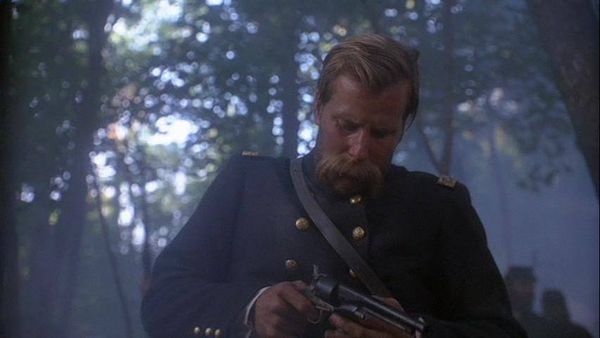
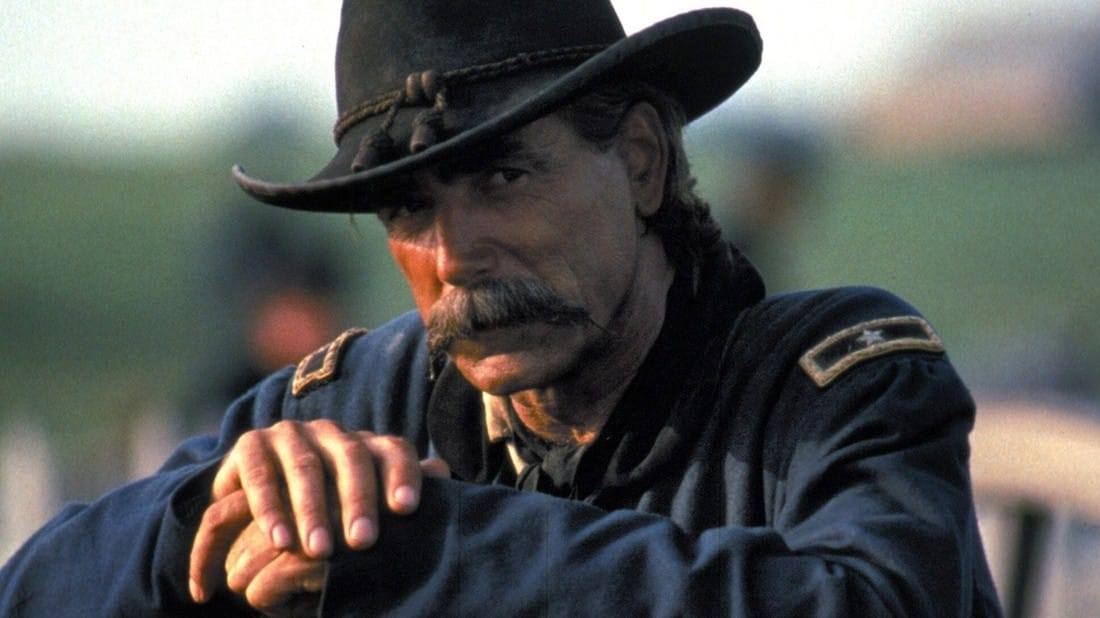
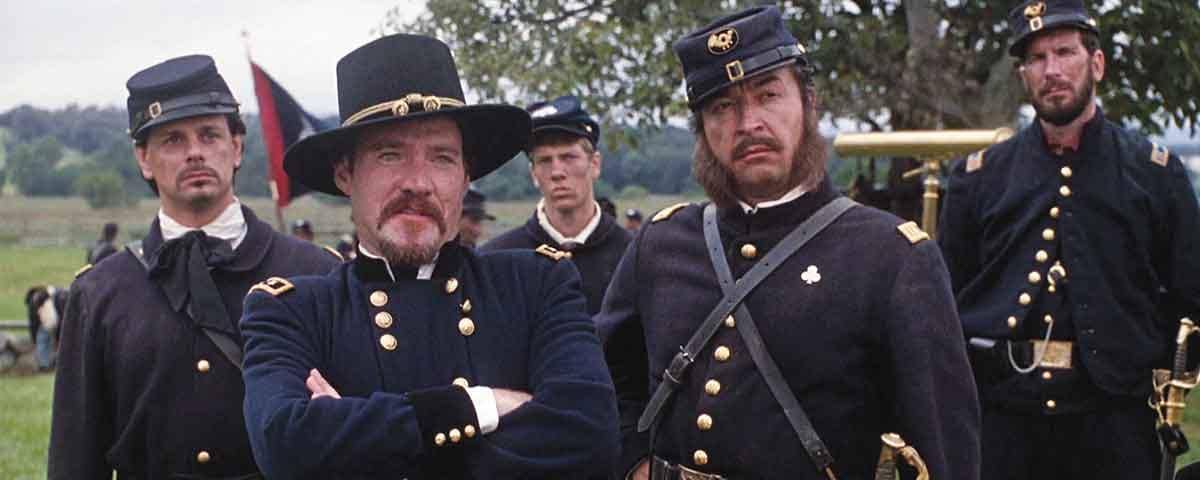

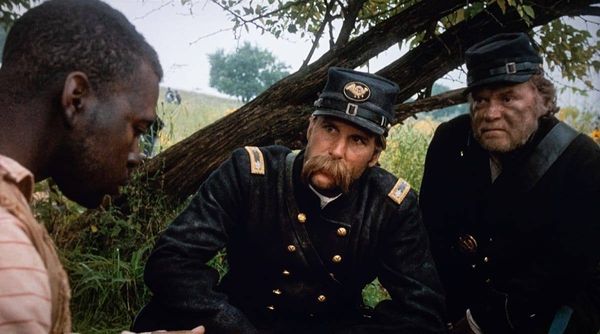
Related Posts
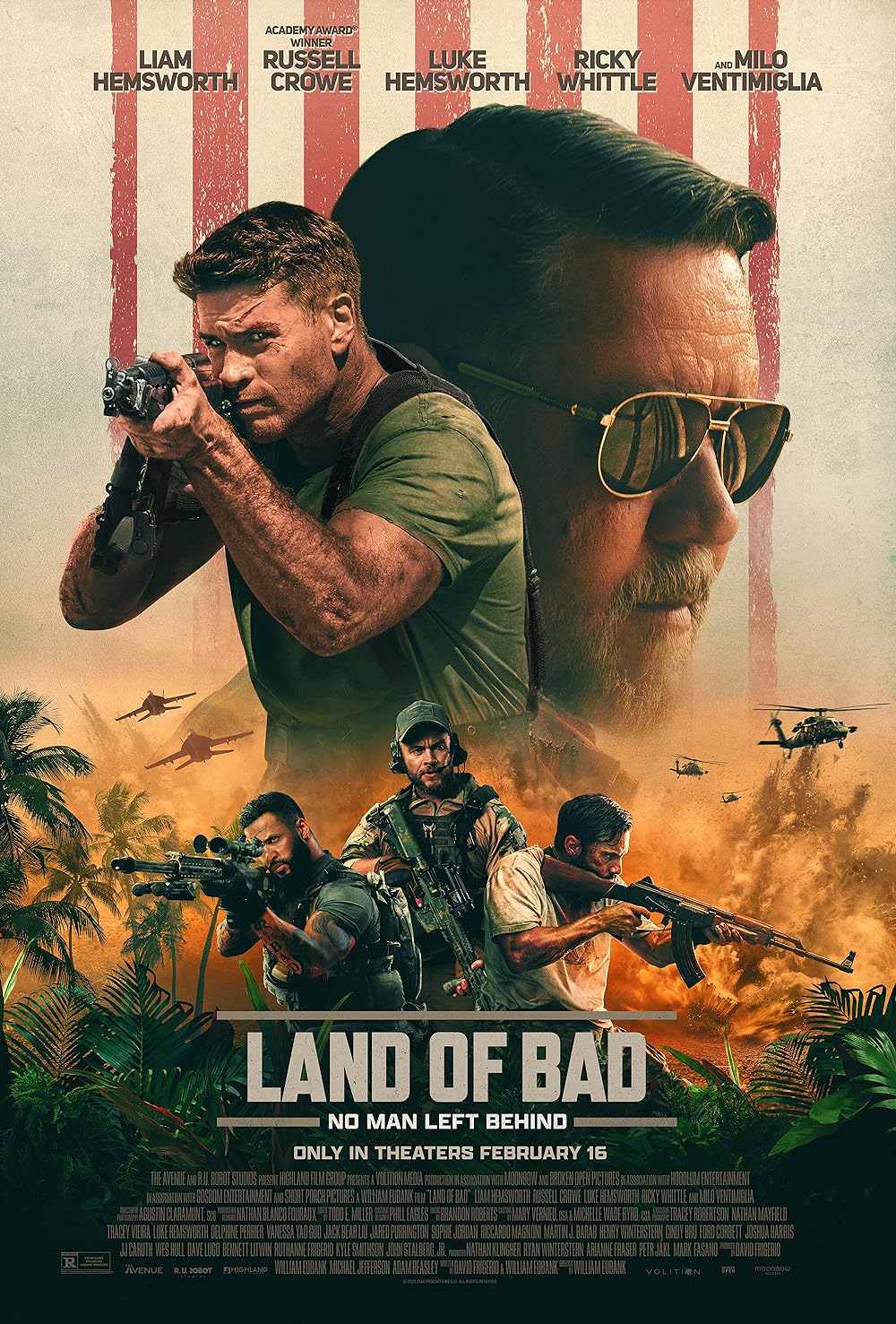
Land of Bad – 2024
Trailer: https://youtu.be/yTFazxfrXVw?si=1EdfGaexBeGds_We "Land of Bad" (2024), directed by William Eubank,…

Apocalypse Now
Trailer: https://youtu.be/9l-ViOOFH-s?si=6EL_3aGtfGTIU-5v "Apocalypse Now," directed by Francis Ford Coppola and…

Prisoners of the Ghostland (2021)
Movie: https://youtu.be/NWwzX69t3Mc?si=LSzDsIchRkB0tEVA "Prisoners of the Ghostland," released in 2021, is…
